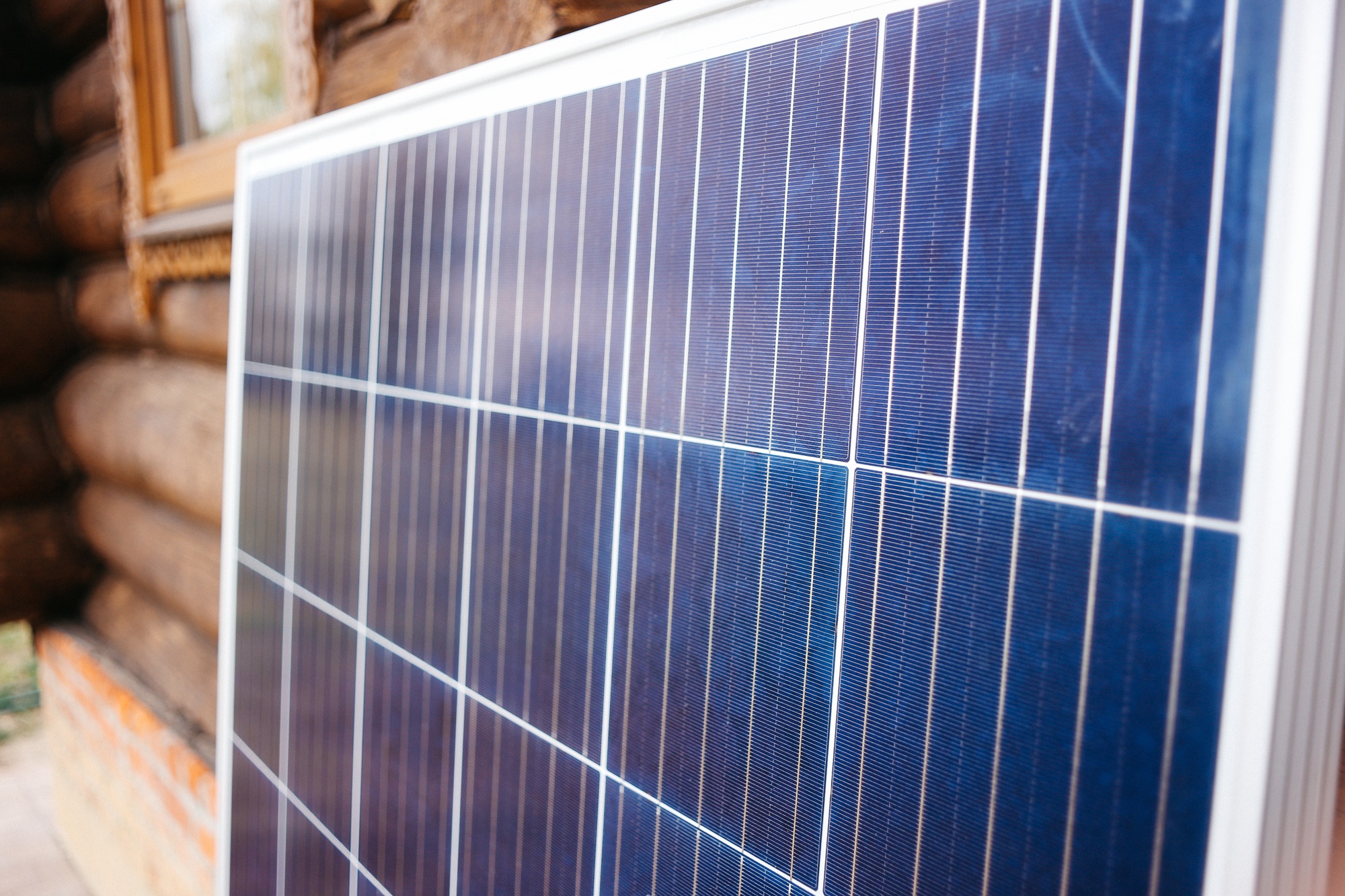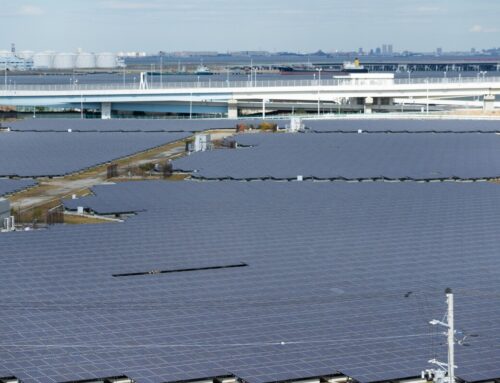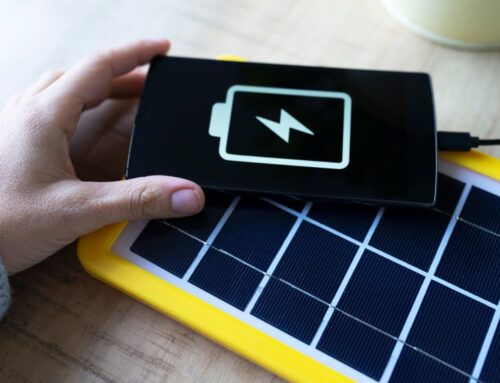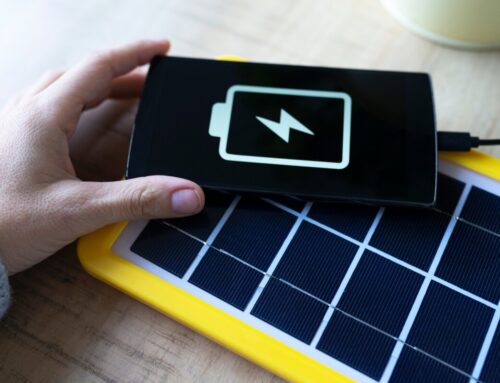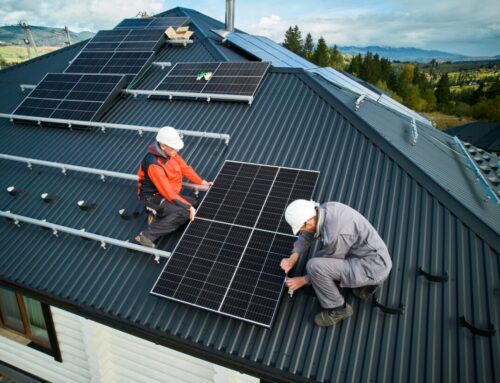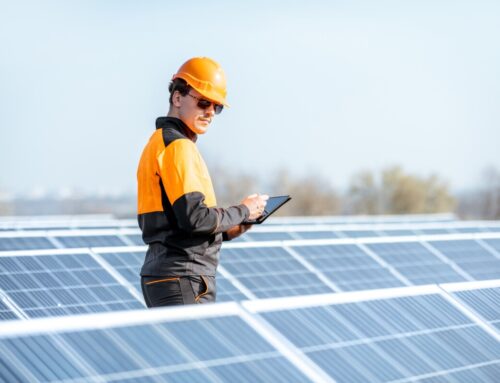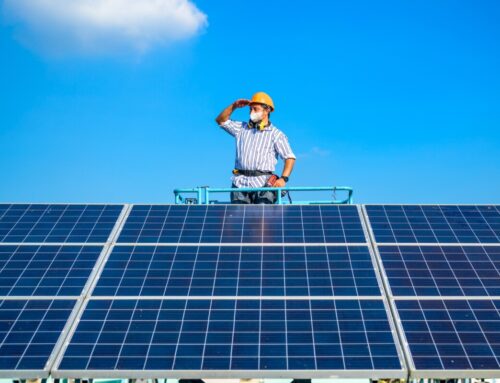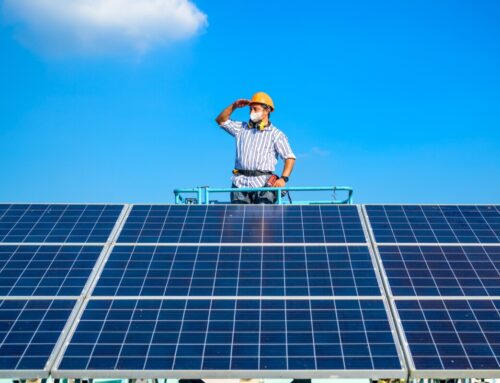DIY Solar Power System: Is It Worth the Risk?
Understanding the Basics: What is a DIY Solar Power System?
In the quest for sustainable energy solutions, many homeowners are considering the installation of solar power systems. However, the allure of saving money by opting for a DIY solar power system installation comes with its own set of challenges and risks. Understanding the basics of what a DIY solar power system entails is crucial before embarking on this journey. Essentially, a DIY solar power system involves purchasing solar panels and related equipment, then installing them without professional assistance. This approach can be appealing due to the potential cost savings, but it requires a thorough understanding of electrical systems and local regulations.
While the idea of a DIY solar power system installation might seem straightforward, it involves several critical steps that can be daunting for the uninitiated.
- Equipment Selection: Choosing the right solar panels and inverters is crucial for efficiency and compatibility.
- Site Assessment: Properly assessing your roof’s orientation and shading is vital for optimal energy production.
- Permitting and Regulations: Navigating local building codes and obtaining necessary permits can be complex. These factors highlight the importance of weighing the risks and benefits before deciding if a DIY approach is truly worth it.
The Pros and Cons of Installing a Solar Power System Yourself
Installing a solar power system yourself can be an enticing prospect, especially with the promise of saving money on professional installation fees. However, it’s crucial to weigh the potential risks and rewards before diving into a DIY project. The installation of solar power systems involves complex electrical work and precise positioning to maximize efficiency, which can be challenging without professional expertise. Understanding the pros and cons can help you make an informed decision about whether this route is worth the risk for you.
Pros of DIY Installation
- Cost Savings: One of the most significant advantages is the potential to save on labor costs, which can be substantial in professional installations.
- Learning Experience: Installing a solar power system yourself can be a rewarding educational experience, providing valuable skills and knowledge about renewable energy.
Cons of DIY Installation
- Complexity and Risk: The technical nature of solar installations can lead to costly mistakes if not done correctly, potentially voiding warranties or causing safety hazards.
- Efficiency Concerns: Without professional guidance, the system may not be optimized for maximum energy production, affecting long-term savings.
Ultimately, the decision to pursue a DIY installation of a solar power system should be carefully considered. While the allure of cost savings and personal achievement is strong, the potential pitfalls, such as safety risks and efficiency losses, are significant. For those without the necessary expertise, hiring a professional might be the safer and more effective choice, ensuring that the system is installed correctly and operates at peak efficiency. Balancing these factors will help you determine the best approach for your solar power needs.
How Much Can You Save with DIY Solar Power Installation?
In today’s eco-conscious world, many homeowners are considering the installation of solar power systems to reduce their carbon footprint and energy bills. While professional installation is a popular choice, some adventurous individuals are opting for DIY solar power system installation. But is it worth the risk? The potential savings can be enticing, but it’s crucial to weigh the benefits against the challenges and risks involved. Understanding the financial implications can help you make an informed decision.
Choosing to install a solar power system yourself can lead to significant savings, primarily by cutting out labor costs.
Potential Savings
- Labor Costs: Professional installation can account for up to 10-20% of the total cost.
- Customization: DIY allows for tailored solutions that fit your specific energy needs and budget. However, it’s essential to consider the time investment and the potential for costly mistakes. Transitioning to solar power is a substantial commitment, and while DIY can be cost-effective, it requires a thorough understanding of electrical systems and local regulations.
Is Your Home Suitable for a DIY Solar Power System?
When considering the installation of a solar power system, many homeowners are tempted by the allure of a DIY approach. While the idea of saving money and gaining hands-on experience is appealing, it’s crucial to weigh the risks and benefits. DIY solar power system installation can lead to significant savings, but it also comes with potential pitfalls, such as improper installation and safety hazards. Understanding whether your home is suitable for such a project is the first step in making an informed decision.
Assessing Your Roof’s Condition
- Structural Integrity: Ensure your roof can support the weight of solar panels.
- Orientation and Angle: Optimal solar energy capture requires a south-facing roof with a suitable tilt.
Electrical System Compatibility
- Current Infrastructure: Your home’s electrical system must be compatible with solar technology.
- Potential Upgrades: Consider if upgrades are necessary to handle additional load and ensure safety. By evaluating these factors, you can determine if a DIY solar power system installation is a viable option for your home, balancing potential savings with the assurance of safety and efficiency.
Essential Tools and Materials for DIY Solar Installation
When considering the installation of a solar power system, many homeowners are tempted by the allure of a DIY approach. While the potential savings can be significant, it’s crucial to weigh these against the risks involved. A successful DIY solar installation requires not only technical skills but also the right tools and materials. Without these, you might face inefficiencies or even safety hazards. Understanding what’s needed can help you decide if this path is truly worth the risk.
Basic Tools Needed
-
Multimeter: Essential for measuring electrical output and ensuring connections are correct.
-
Drill and Bits: Necessary for mounting panels and securing wiring.
-
Wrench Set: Used for tightening bolts and securing panels.
Key Materials Required
- Solar Panels: The core component of your system, chosen based on energy needs.
- Inverter: Converts solar energy into usable electricity for your home.
- Mounting Hardware: Ensures panels are securely attached to your roof or ground mounts. Having these tools and materials on hand is crucial for a smooth installation process. However, it’s equally important to assess whether your skill level matches the complexity of the task.
Step-by-Step Guide to Installing a Solar Power System
Embarking on the installation of a solar power system can be an exciting yet daunting task. While the allure of saving on installation costs is tempting, it’s crucial to weigh the risks involved in a DIY approach. Mistakes during installation can lead to inefficiencies or even damage, potentially voiding warranties and increasing long-term expenses. Understanding the process and knowing when to seek professional help can make all the difference in achieving a successful solar setup.
Understanding Your Energy Needs
Before diving into the installation, assess your energy consumption to determine the appropriate system size. This involves analyzing your electricity bills and considering future energy needs. A well-sized system ensures optimal performance and maximizes your investment.

Curious about solar? Let us help you discover how solar energy can revolutionize your home and save you money. Request Your Free Solar Estimate at SOLAR ENERGY
Installation Process
-
Site Assessment: Evaluate your roof’s condition, orientation, and shading to ensure it can support solar panels.
-
System Design: Plan the layout of panels, inverters, and wiring.
-
Permitting: Obtain necessary permits and approvals from local authorities.
-
Installation: Mount panels securely, connect electrical components, and integrate with your home’s power system.
-
Inspection and Activation: Have the system inspected and approved before turning it on to ensure safety and compliance.
Common Mistakes to Avoid in DIY Solar Power Installation
Taking on the installation of a solar power system yourself can seem like a cost-effective and rewarding project. However, it’s crucial to weigh the potential risks and common pitfalls that can arise during a DIY solar power installation. While the allure of saving money and gaining hands-on experience is tempting, improper installation can lead to inefficiencies, safety hazards, and even voided warranties. Understanding these risks is essential for anyone considering this route, ensuring that the benefits outweigh the potential downsides.
Also Read: Can a Solar System Design Tool Save You Thousands?
Inadequate Planning and Design
One of the most frequent mistakes in DIY solar power installation is inadequate planning and design.
Without a comprehensive understanding of your energy needs and the optimal placement of panels, you risk underperformance and inefficiency. Proper planning involves assessing your roof’s orientation, shading, and structural integrity.
Incorrect Wiring and Connections
Another common error is incorrect wiring and connections, which can lead to electrical hazards or system failures. Ensuring all components are correctly connected and secured is vital for safety and functionality. It’s important to follow manufacturer guidelines and, if in doubt, consult a professional to avoid costly mistakes.
Safety First: Mitigating Risks in Solar Power System Installation
The allure of installing a solar power system yourself can be tempting, especially with the promise of saving money and gaining hands-on experience. However, it’s crucial to weigh these benefits against the potential risks involved. Is DIY solar power system installation worth the risk? Safety should always be the top priority, as improper installation can lead to electrical hazards, system inefficiencies, and even voided warranties. Understanding the complexities and safety measures involved is essential before embarking on such a project.
Understanding Electrical Hazards
When considering the installation of a solar power system, it’s important to recognize the electrical risks involved. Solar panels generate high voltage, which can be dangerous if not handled correctly. Without proper knowledge and tools, you risk electrical shocks or fires. Hiring a professional ensures that all electrical components are installed safely and comply with local regulations, significantly reducing these risks.
Ensuring Structural Integrity
Another critical aspect of solar power system installation is ensuring that your roof can support the additional weight of the panels.
DIY installations may overlook structural assessments, leading to potential damage or collapse. Professionals conduct thorough evaluations to ensure your roof’s integrity, providing peace of mind and long-term safety. By prioritizing safety and expertise, you can enjoy the benefits of solar energy without unnecessary risks.
When to Call in the Experts: Recognizing Your Limits
In the quest for energy independence and cost savings, many homeowners consider the installation of solar power systems as a DIY project. While the allure of reducing energy bills and contributing to a greener planet is strong, it’s crucial to weigh the risks involved. DIY solar power system installation can be complex and fraught with challenges that might not be apparent at first glance. Understanding when to call in the experts can save you time, money, and potential safety hazards.
Understanding Technical Complexities
- Electrical Safety: Handling electrical components without proper knowledge can lead to severe safety risks, including electrical shocks or fires.
- System Efficiency: Incorrect installation can result in poor system performance, reducing the expected energy savings. ### Navigating Legal and Regulatory Requirements
- Permits and Inspections: Professionals are familiar with local regulations and can ensure your system meets all necessary codes and standards.
- Warranties and Insurance: Professional installation often comes with warranties and insurance coverage, offering peace of mind and protection against potential issues.
How SolarEnergy Can Support Your Solar Power Installation Journey
The allure of installing a solar power system yourself can be tempting, especially with the promise of cost savings and the satisfaction of a DIY project. However, the risks involved can often outweigh the benefits. From potential safety hazards to the complexity of ensuring optimal efficiency, DIY solar power system installation can be a daunting task. This is where professional guidance becomes invaluable, ensuring that your solar journey is not only safe but also maximizes the return on your investment.
Expert Guidance and Resources
SolarEnergy offers a wealth of resources and expert advice to help you navigate the complexities of solar power system installation. Whether you’re considering a DIY approach or opting for professional installation, our platform provides detailed guides, video tutorials, and expert consultations to ensure you make informed decisions every step of the way.
Customized Solutions
Understanding that every home and energy need is unique, SolarEnergy provides tailored solutions that fit your specific requirements. From assessing your energy consumption to recommending the best solar panels and configurations, our personalized approach ensures that your solar power system is optimized for efficiency and cost-effectiveness.
Ongoing Support and Maintenance
Beyond installation, SolarEnergy is committed to supporting you throughout your solar power journey. We offer ongoing maintenance tips, troubleshooting guides, and access to a network of certified professionals who can assist with any technical issues, ensuring your system operates smoothly and efficiently for years to come.
Don’t wait to go solar! Thousands of homeowners are saving—join them and start reaping the benefits.
Book Your Free Consultation at SOLAR ENERGY
Explore additional solar solutions at NEW SOLAR QUOTES and discover how it can benefit your home!

